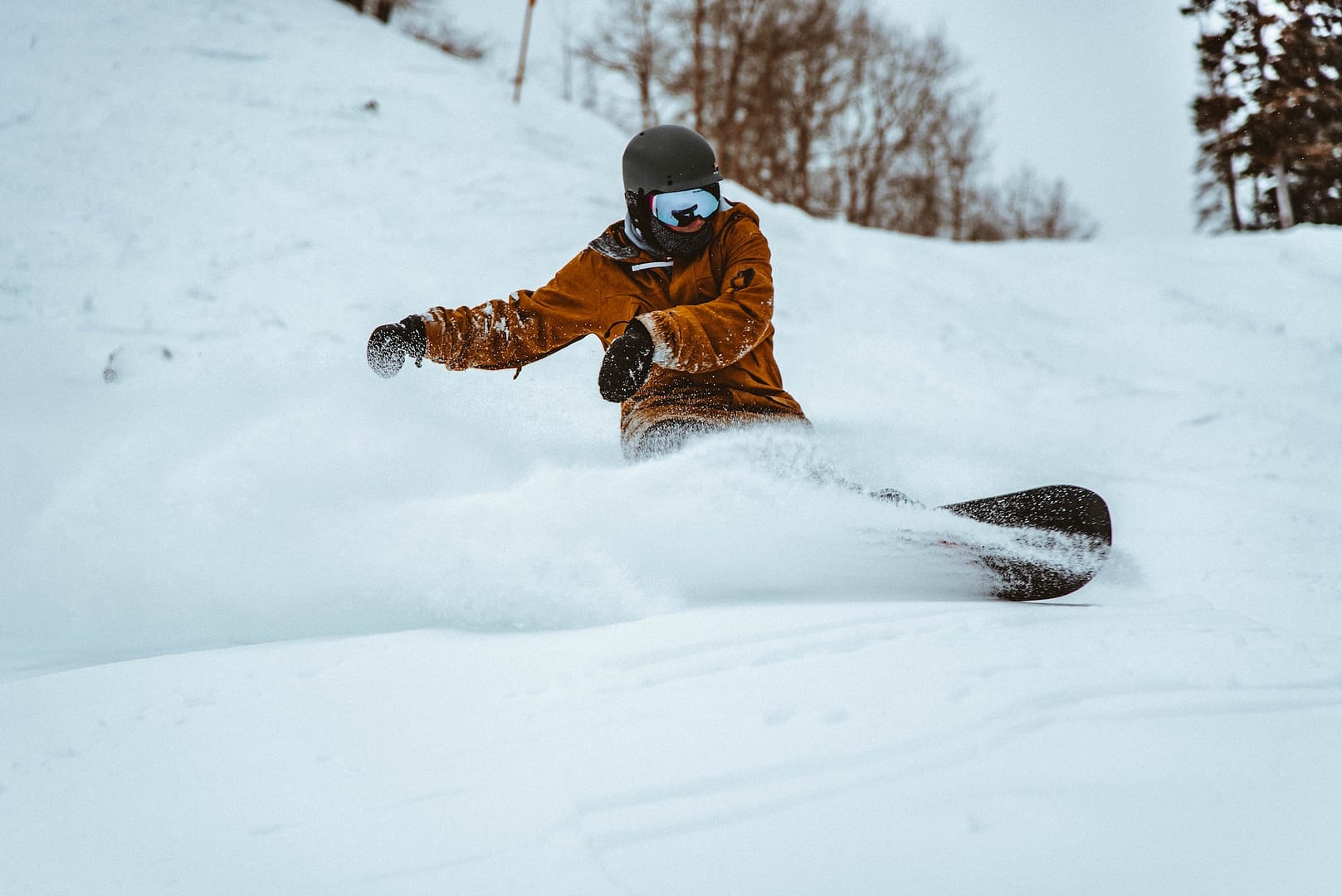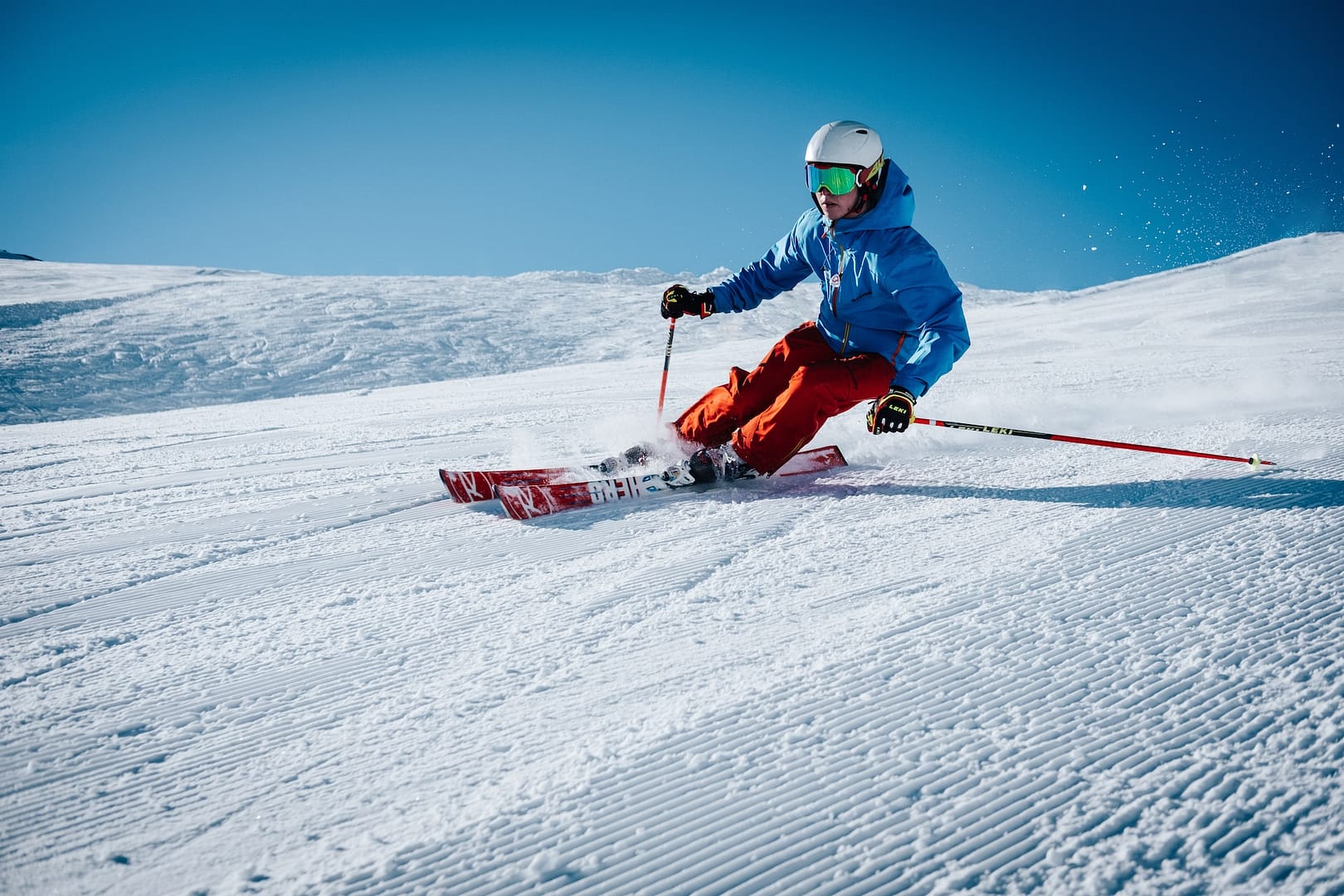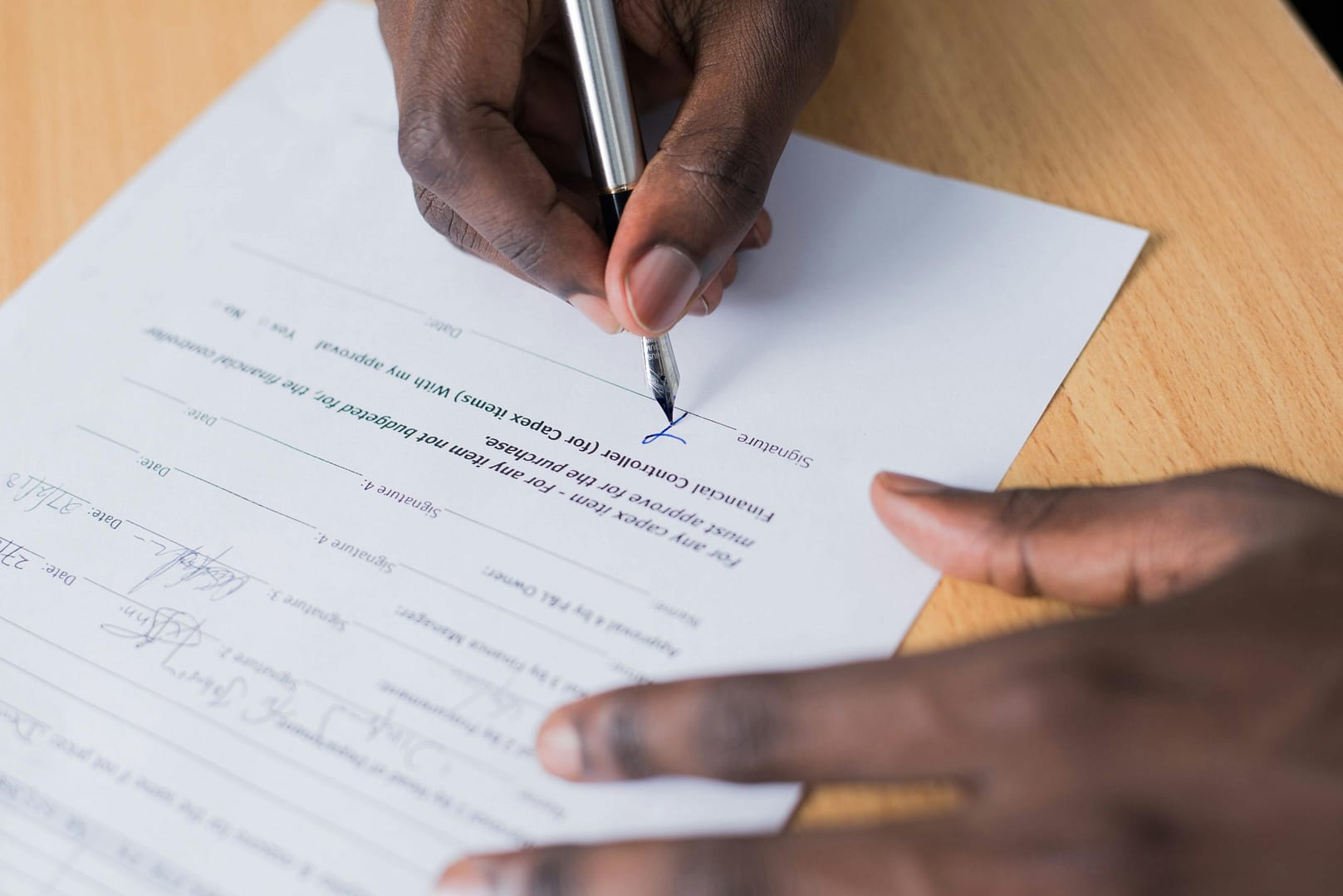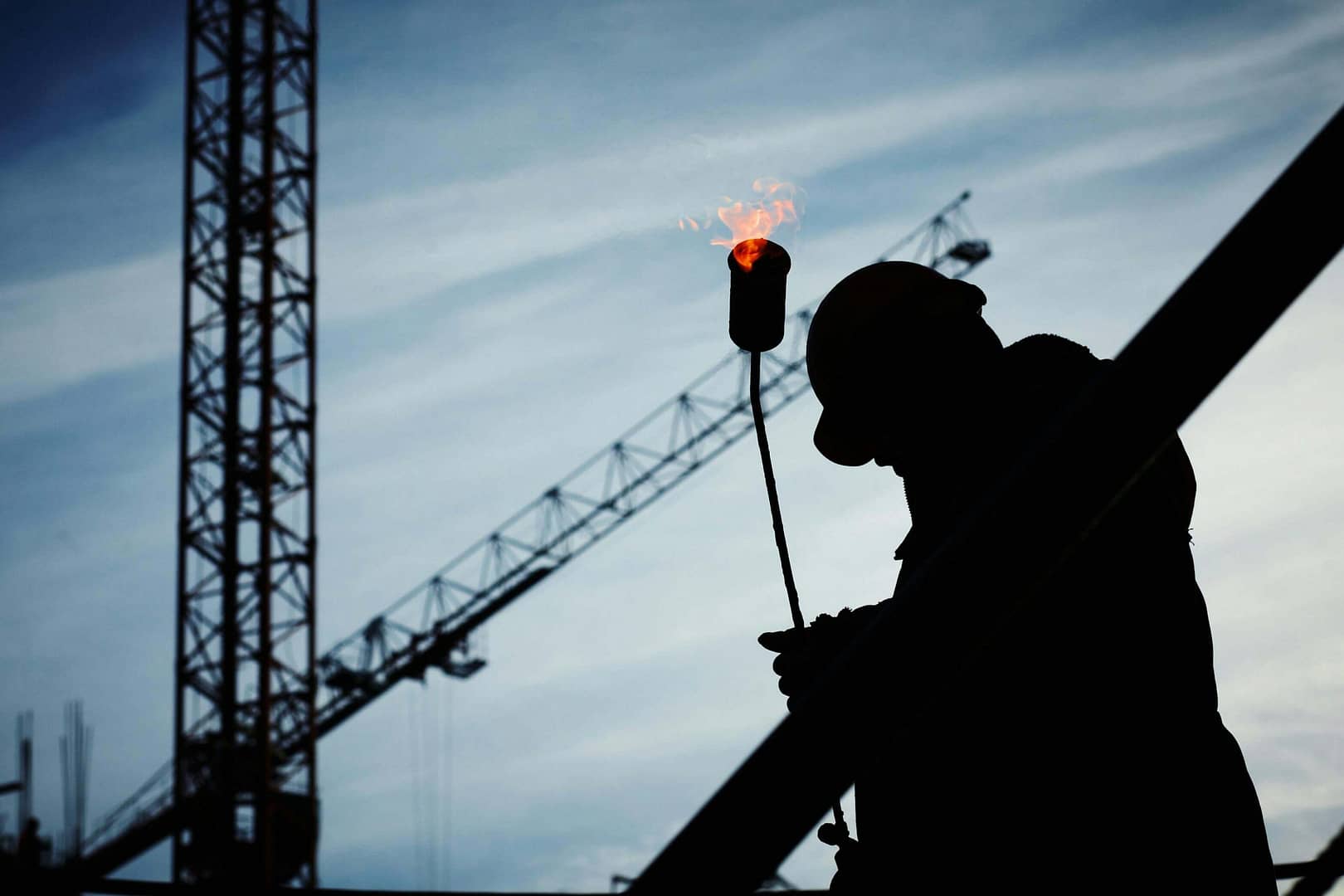If you’ve ever ventured into the world of skiing or snowboarding in Scotland, you’re well aware of the breathtaking landscapes and adrenaline-pumping adventures that await. From the picturesque slopes of the Cairngorms to the challenging terrain of Glenshee, the Scottish Highlands offer a winter playground like no other. However, with the thrill of these icy escapades also comes the risk of fracture injuries. In this article, we will delve into the intriguing world of skiing and snowboarding in Scotland, exploring the differences in injury risks between these two winter sports and examining the most common fracture injuries that enthusiasts may encounter.
Skiing vs. Snowboarding: The Battle of the Slopes
Before delving into the specifics of fracture injuries, it’s important to first understand the key differences between skiing and snowboarding in Scotland. Both activities are incredibly popular, each offering a distinct experience on the slopes. Skiing involves gliding down snow-covered terrain with skis attached to each foot, allowing for greater stability and control, especially on varied terrain. In contrast, snowboarding involves riding a single snowboard with both feet strapped in, offering a different challenge in terms of balance and maneuverability. These differences can influence the types of injuries that occur and the precautions that need to be taken.
Risk Factors: Which is Riskier?
When it comes to injury risk, the debate over whether skiing or snowboarding is riskier has raged on for years. The truth is, the risk factor largely depends on your skill level, experience, and personal preferences. Let’s break it down.
Skiing
Skiing is often considered a more accessible winter sport for beginners, primarily because the use of two separate skis provides enhanced stability, particularly when navigating flat or gentle slopes. However, this added stability can sometimes lead to overconfidence, causing skiers to push their limits and, in turn, increasing the risk of higher-speed accidents. As a result, certain types of injuries, especially fractures, tend to be more prevalent. In the following sections, we’ll explore the most common fractures associated with skiing in greater detail.
Snowboarding
Snowboarding, on the other hand, tends to involve fewer high-speed incidents for beginners but introduces a distinct set of challenges. Snowboarders are more likely to experience fractures from falls, particularly due to the impact of landing on a single board. Wrist and ankle fractures are more common in snowboarding, as the instinct to break a fall by extending the hands often leads to wrist injuries.
Ultimately, the question isn’t whether skiing or snowboarding is inherently riskier. Rather, it’s about understanding the specific risks associated with each sport and taking the appropriate precautions to minimise them.
The Most Common Fractures in Skiing
While both skiing and snowboarding carry inherent risks, skiing injuries have their own unique set of challenges. Now, let’s explore the most common fracture injuries that skiers may encounter when hitting the Scottish slopes.
Ankle Fractures
Ankle fractures are a common occurrence among skiers in Scotland, primarily because of the twisting and turning movements involved in the sport. These fractures often happen when a skier loses balance, leading to unnatural twisting of the ankle joint. This kind of injury can be excruciating and may require surgical intervention to realign the bones properly.
Tibia and Fibula Fractures
The tibia and fibula, the two bones in the lower leg, are also susceptible to fractures when skiing. High-speed falls or collisions can exert significant force on these bones, causing fractures. These injuries are usually treated with casting or surgery, depending on the severity.
Collarbone Fractures
Collarbone fractures are prevalent in skiing accidents. When a skier falls forward or lands on their shoulder, the impact can result in a collarbone fracture. These fractures can be especially painful and require immobilisation, either through a brace or surgery, to heal properly.
Wrist Fractures
Wrist fractures are another common injury among skiers in Scotland. When a skier falls, the natural instinct is to reach out with their hands to break the fall. This reflex action often leads to wrist fractures due to the impact. Treatment usually involves casting or surgery to stabilise the bones.
Spinal Fractures
While less common, spinal fractures can occur in skiing accidents, particularly in high-impact collisions. These injuries can be severe and may result in long-term consequences, including paralysis. Spinal fractures require immediate medical attention and often necessitate surgery to stabilise the spine.
Preventing Fracture Injuries
While skiing injuries, including fractures, are an inherent risk, there are steps you can take to minimise your chances of getting hurt on the slopes in Scotland.
Proper Equipment: Ensure that your ski equipment is in good condition, well-maintained, and correctly fitted to your body. Ill-fitting gear can increase the risk of fractures.
Skill Development: Investing in skiing lessons can help you improve your skills, increase control, and reduce the risk of accidents.
Safety Gear: Always wear appropriate protective gear, including helmets, wrist guards, and knee pads, to safeguard against potential fractures.
Know Your Limits: Be aware of your skiing abilities and stick to slopes that match your skill level. Pushing your limits can lead to higher-speed accidents and an increased risk of fractures.
Follow Safety Guidelines: Adhere to the safety guidelines provided at ski resorts in Scotland. This includes obeying speed limits, yielding to others, and skiing in control.
A Closer Look at Snowboarding Injuries
Now, let’s turn our attention to the world of snowboarding in Scotland. While snowboarding presents a different set of fracture risks compared to skiing, it’s important to understand the specific injuries associated with this sport.
Wrist Fractures
As mentioned earlier, wrist fractures are a common occurrence in snowboarding. The reflex action to break a fall with outstretched hands can result in painful wrist fractures.
Ankle Fractures
Snowboarders are not immune to ankle fractures either. The awkward position of the feet on a single snowboard can lead to twisting and turning injuries, including ankle fractures.
Elbow Fractures
Elbow fractures can also happen when snowboarders try to break a fall. The impact on an outstretched arm can cause elbow fractures, which often require casting or surgery for proper healing.
Collarbone Fractures
Just like in skiing, snowboarders can also experience collarbone fractures when landing on their shoulders after a fall.
Pelvis Fractures
Snowboarding injuries can sometimes result in pelvis fractures due to high-speed collisions or falls. These fractures can be painful and require prompt medical attention.
Preventing Snowboarding Injuries
Similar to skiing, there are several key precautions you can take to reduce the risk of injury while snowboarding in Scotland.
Protective Gear: Always wear appropriate protective gear, such as helmets, wrist guards, and knee or elbow pads, to help minimise the impact of falls and reduce the severity of injuries.
Training and Skill Development: Taking lessons from a qualified instructor can significantly improve your snowboarding technique, helping you gain better control and enhance your overall safety on the slopes.
Adhere to Safety Guidelines: Follow the safety rules set by snowboarding resorts in Scotland, including respecting speed limits, staying within designated areas, and practising responsible snowboarding at all times. These measures help ensure both your safety and that of others on the slopes.
Recovering from a fracture injury can be a lengthy and challenging process, regardless of whether it occurred while skiing or snowboarding. The road to recovery often involves medical treatment, physical therapy, and sometimes surgery, depending on the severity of the injury. In Scotland, the healthcare system provides excellent care for such injuries, ensuring that individuals can return to the slopes in due time.
Rehabilitation is a crucial phase of the recovery process. It involves exercises and therapies aimed at regaining strength and mobility. The duration of rehabilitation varies depending on the type of fracture and the individual’s overall health.
Making a Personal Injury Claim with National Claims
At National Claims, we understand the physical and emotional toll that fracture injuries can take. If you’ve sustained a fracture injury while skiing or snowboarding in Scotland and believe it was due to negligence or unsafe conditions, you may be entitled to compensation.
Our team of experienced legal professionals at National Claims is here to guide you through the process of making a claim. We’ll assess your case, gather the necessary evidence, and fight to ensure that you receive the compensation you deserve.
To get started, contact us today for a free consultation. We’re committed to helping you get back on your feet, both figuratively and literally.

Conclusion
Skiing and snowboarding in Scotland offer exhilarating experiences set against the breathtaking backdrop of the Scottish Highlands. However, both sports carry inherent risks, including the potential for fracture injuries. By understanding these risks, wearing the proper protective gear, and following safety guidelines, you can significantly reduce the likelihood of injury.
Whether you prefer skiing or snowboarding, your safety should always be the top priority. While fractures can occur, they don’t have to define your winter sports adventure. With the right precautions, you can enjoy the stunning Scottish slopes while minimising the risk of injury. Remember, it’s all about the thrill of the ride and the unforgettable memories you make along the way. Stay safe, have fun, and embrace the winter wonderland of Scotland. If you do find yourself in need of legal assistance after a fracture injury, National Claims is here to support you through your recovery journey.
Contact us to get started on your claim and speak to one of our claims specialists today.
Click below to see why we are one of the most trusted claims management companies in the UK.

We’re proud of our excellent customer reviews
We thrive on delivering exceptional service and ensuring our clients’ satisfaction. Don’t just take our word for it. Check out some of our independent reviews to see what our clients have to say.
Excellent

This firm is excellent, they sorted out my car pay out and injury claim very fast, they always communicate with you all the time.

My accident case was dealt with confidence and with great result of the outcome, especially James kept me informed all the time.

I was very impressed at the way my inquiry was treated. I was listened to attentively and everything I needed to know was explained to me.






